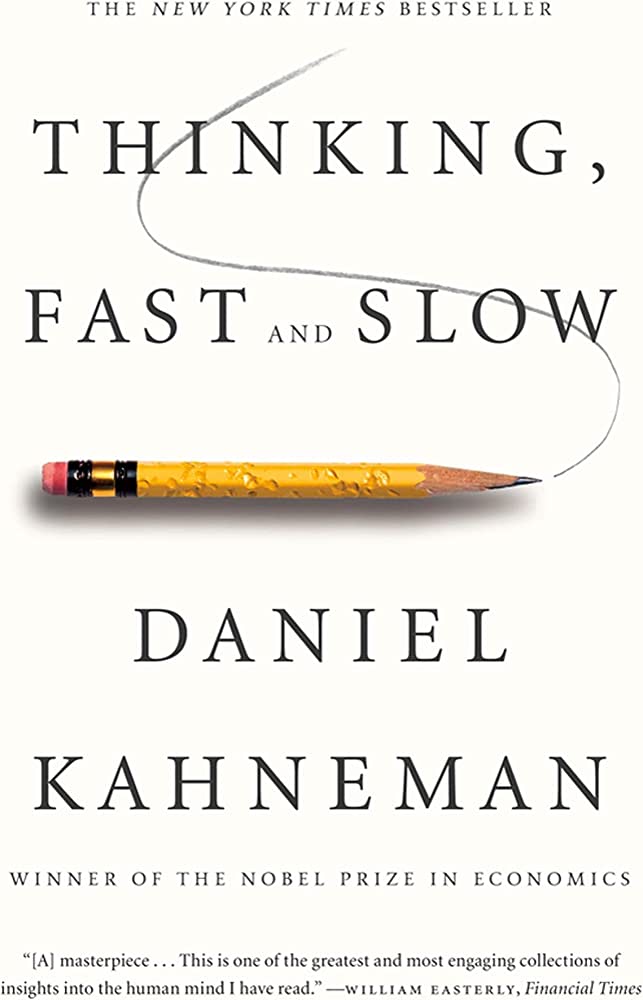Leading For Growth: How Umpqua Bank Got Cool and Created a Culture of Greatness
RATING


An entertaining and quick read on and by Ray Davis and what his ingredients were for a transformation of Umpqua Bank and creating a culture for success. The first section is devoted to prerequisites for relentless growth, the ingredients you need to put in place before you can hope to grow your company. The second section covers the roles of a leader, the essentials that a leader cannot delegate.
The final section, entitled “Master the Basics,” focuses on the nuts and bolts that you have to master in order to transform your company. Each chapter ends with a “motivational moment,” a fun group activity which teaches a lesson, which is what Umpqua begins each day with. The book is a manual on successful leadership and corporate culture.
Umpqua bank is an interesting case study on a turnaround which many detractors felt would fail. The author used unorthodox approaches, sending his tellers to the Ritz-Carlton to learn customer service and answering the phone with the greeting “World’s Greatest Bank.” This book is useful for any business which can implement the same leadership principles to create a winning business.
Many of the principles in the book seem intuitive. It is more a case study in management or leadership than a structured methodology. However, this is not to detract from the success of Davis as a leader or creating a winning place to work. It does have applications to any business, which is largely a function of the book taking many known principles for creating a successful corporate culture which can be mixed and matched, as opposed to a structured methodology. You also get the idea that this is the product of a strong leader and his own style, rather than a methodology that will work in all settings and with all managers/leaders.
How any business leader can create an atmosphere of competitiveness for exceptional growth.
When Ray Davis took over the local 40-person South Umpqua Bank in 1994, many people in the industry poked fun at his insistence that employees answer the phone with a cheery “World’s Greatest Bank.” Eleven years, $7 billion in assets, and 128 branches (or ” bank stores” in Umpqua lingo) later, the moniker seems quite apt. Other banks scratched their heads when Davis sent his tellers to Ritz-Carlton to learn customer service and were intrigued when he hired a cutting-edge design firm to completely re-think retail layout. Now, with a top design award under their belt, a name change (there never was a North Umpqua bank), and a completely new definition of the banking business, Umpqua has become the darling of the entrepreneurial press and a growth powerhouse. The New York Times calls Umpqua “Starbucks with tellers.”
The book contains many useful ideas for improving leadership and corporate culture, with some unorthodox ones and engaging ideas for group exercises (“motivational moments”). This book will be of interest to managers (particularly in banks), entrepreneurs, corporate (culture) change professionals and consultants. See also Outside In and Managing the Customer Experience.

This book contains many ideas and examples for understanding and improving leadership and corporate culture. The ingredients and “motivational moments” provide an understanding, rather than a structured framework or methodology for development or implementation.
See content on this topic

Sales training for front line along with basic development and coaching principles for line management.
Understanding how leaders must evolve with relation to the evolution of business models, new management models, and the significant changes to the workforce with Digital Natives now making up more than 50% of the workforce globally.
Understand the theory and mechanics of developing and managing a customer-centric and experience-driven corporate culture that is consistent and stable and includes elements of Employee Experience (EX) and Employee Relationship Management (ERM).
Understanding the evolution of leadership styles, management models, organizational structures, performance measurement and guiding change in the evolution of business models from product-centric to customer-centric and even relationship-centric.
Understand how to manage both internal and external digital transformation while considering the landscape for digital business models and the effect on traditional business models. Understanding organizational readiness for transformation and the role of corporate culture in managing transformations.
The changes in consumer behavior, employee behavior, and the evolution of business models in the digital age cause significant difficulties and imperatives for leaders who must develop new skills and evolve their leadership styles to be effective in this fast changing, challenging, and competitive environment.
Understanding how leaders must evolve with relation to the evolution of business models, new management models, and the significant changes to the workforce with Digital Natives now making up more than 50% of the workforce globally.
Understand how to manage both internal and external digital transformation while considering the landscape for digital business models and the effect on traditional business models. Understanding organizational readiness for transformation and the role of corporate culture in managing transformations.
The changes in consumer behavior, employee behavior, and the evolution of business models in the digital age cause significant difficulties and imperatives for leaders who must develop new skills and evolve their leadership styles to be effective in this fast changing, challenging, and competitive environment.
Understanding how to design & manage change/transformation programs in organizations of different sizes. This course will help any size team or organization to better deal with change & transformation on any scale.




 Copy Link
Copy Link
 E-mail
E-mail
 LinkedIn
LinkedIn
 Facebook
Facebook
 Telegram
Telegram
 WhatsApp
WhatsApp















 Go Back
Go Back
Leave a Reply
You must be logged in to post a comment.